Root Awakening: Mother-of-Millions needs sunlight
Sign up now: Get ST's newsletters delivered to your inbox
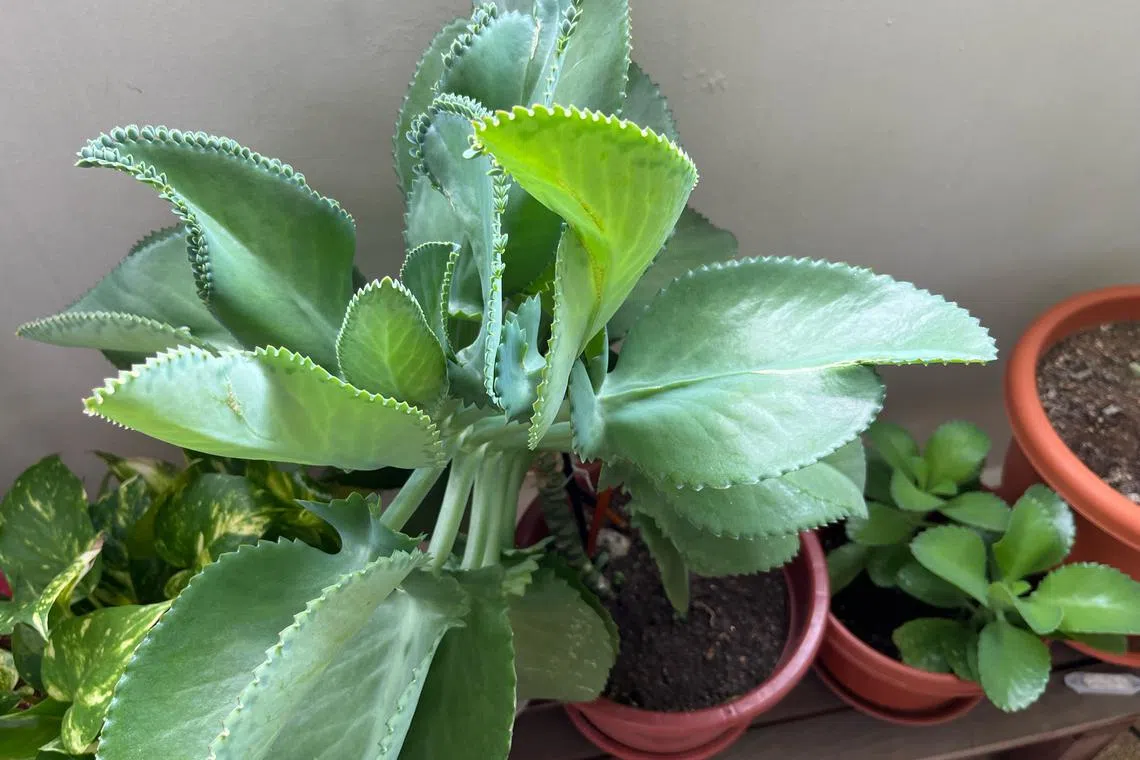
The Mother-of-Millions is a succulent that needs at least six hours of sunlight a day.
PHOTO: ISAMU CHU
Wilson Wong
Follow topic:
Mother-of-Millions is toxic to pets
What is this succulent plant? It propagates by offshoots at the edges of the leaves. Is its sap poisonous? It grew into a giant from an offshoot. There are baby plants in a nearby pot that have not grown as large.
Isamu Chu
The plant is the Mother-of-Millions (botanical name: Kalanchoe x laetivirens). This species is a succulent that needs at least six hours of direct sunlight a day. The baby plants have not reached that size as they are growing in a crowded site, in the shade of both the parapet and the larger plant. Note that this plant is toxic to pets.
Podocarpus may be dead
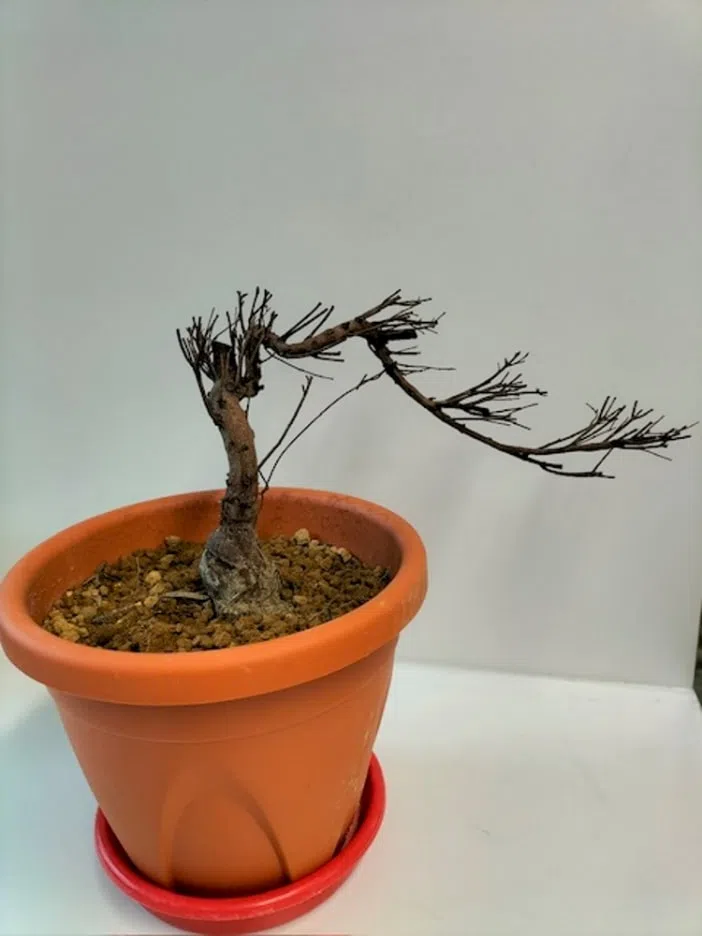
The Podocarpus is not an indoor plant and needs plenty of sunlight.
PHOTO: RACHEL TAN
My Podocarpus plant seems to be dying. I water it when the soil dries up. It is placed indoors in a well-lit location. Is there any way to save it?
Rachel Tan
To check if woody plants are alive or dead, gently bend their branches. If they are still alive, the branches will be flexibile and not snap. Dead branches will be dry and snap easily.
A Podocarpus cannot be allowed to dry out completely. Its roots are sensitive to stressors, and when roots die, the plant can no longer take up water.
Also, this species is not an indoor plant. It thrives outdoors in a spot that gets at least six hours of direct sunlight a day. Most grow lights will not be strong enough for woody plants.
Rose plants need direct sunlight, well-draining soil
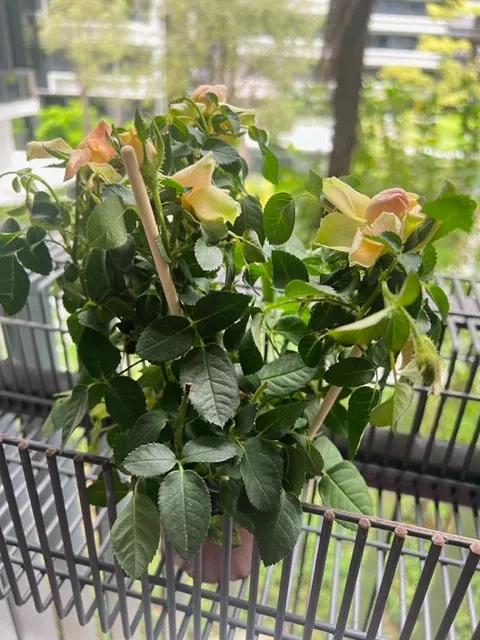
Imported roses need to grow in a gritty potting mix.
PHOTO: ROSLIN CHUA CHENG HWEE
I bought this rose plant a few days ago. Its buds and flowers have already started drooping. I water on alternate days, taking care not to overwater. The plant is on my balcony and out of direct sunlight. How can I care for it and propagate it correctly?
Roslin Chua Cheng Hwee
Imported roses like those in the picture are often potted in organic media, such as peat moss or coconut peat, that retain a lot of water. This can suffocate roots if the plant is watered regularly without letting the roots dry out.
Carefully repot the plant in well-draining growing media suitable for Singapore’s tropical climate. Ideally, the growing mix should contain gritty materials like burnt earth, fine expanded clay pellets, pumice and perlite.
Once this is done, let the plant recuperate in a bright and cool spot. Cover the plant using a clear bag with small holes if it starts to wilt. When the plant has settled, the bag can be removed and the plant moved gradually to a site with direct sunlight.
Roses need at least six hours of direct sunlight a day and should be pruned regularly.
Tree is the Batoko Plum
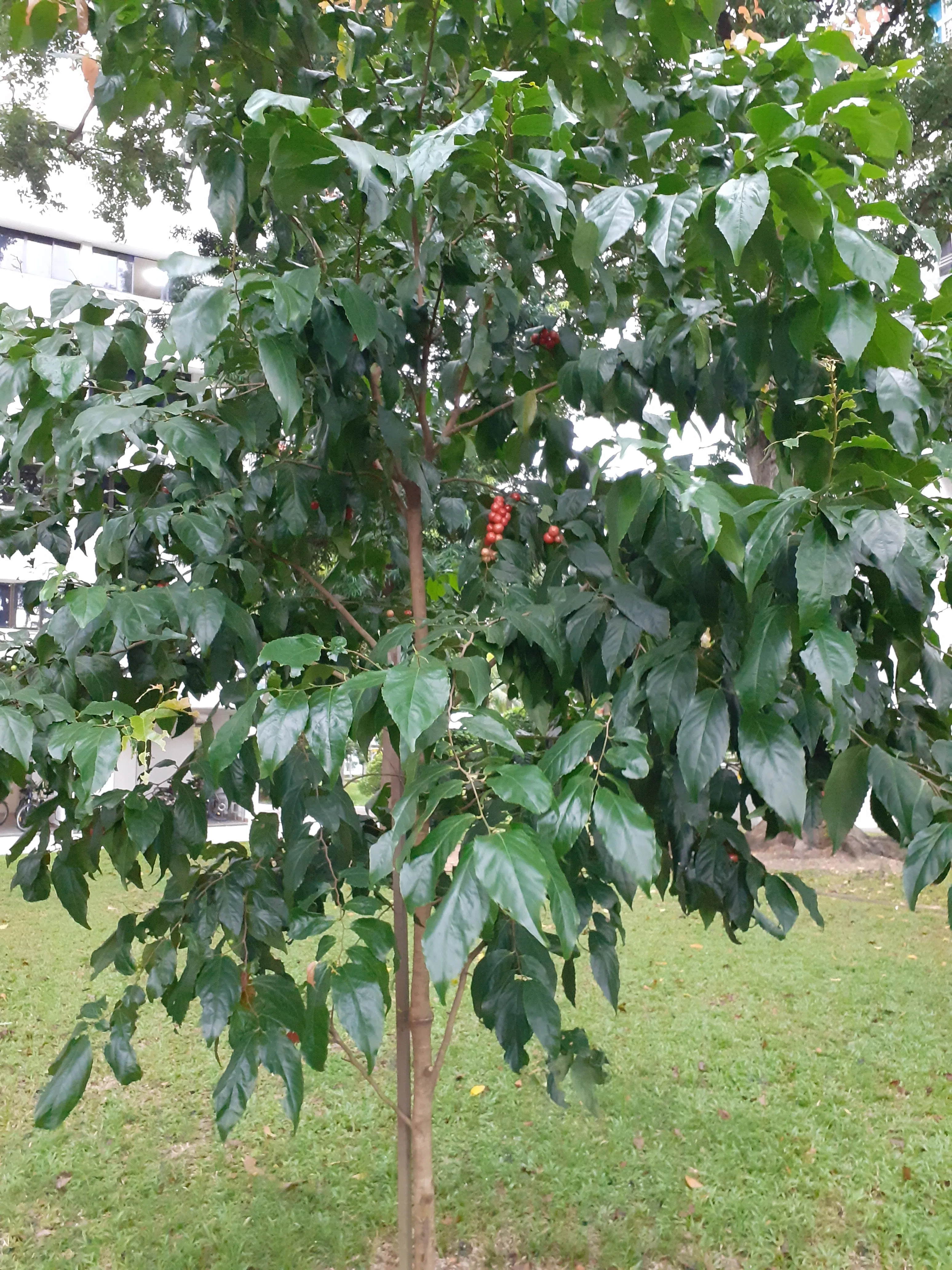
The fruit of the Batoko Plum are edible but sour.
PHOTO: KANDOTH JAYA
This small tree in my estate garden has red, cherry-like fruit. Is the fruit edible?
Kandoth Jaya
The tree is the Batoko Plum (botanical name: Flacourtia inermis). It produces red flushes of new leaves and clusters of fruits. It attracts beneficial fauna and is often planted in ecological themed gardens.
The fruits are edible, but very sour and acidic. They can be seasoned with sugar to make them more palatable.
Lipstick plant needs more shade, humidity
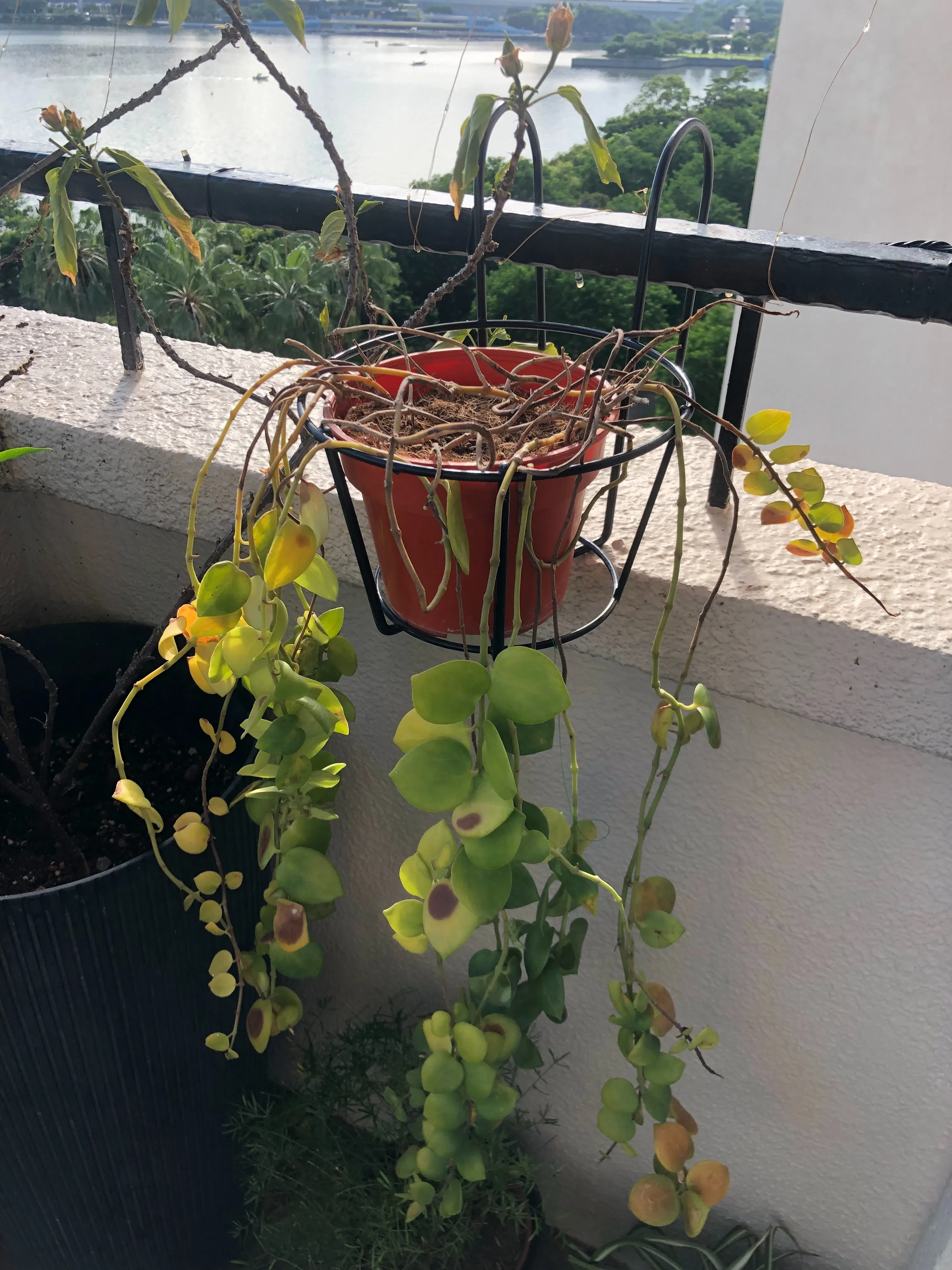
This lipstick plant is suffering from excessive exposure to sunlight.
PHOTO: SUNITA LAD BHAMRAY
I bought this plant a year ago. It was bushy and green, and I placed it in a spot that gets direct sunlight. A few months ago, I started fertilising it with material meant for another plant. Some of its leaves are now discoloured and shedding. What is this plant and how can I nurse it back to health?
Sunita Lad Bhamray
Your plant is likely a species of lipstick plant which belongs to the genus Aeschynanthus.
From the picture, it is suffering from excessive sunlight exposure, as the leaves look yellow and burnt. This plant needs a cooler, semi-shaded location to thrive. Move it to a site that gets about six hours of filtered sunlight a day.
The plant is an epiphyte, so it will not thrive in its current potting mix of fine coconut peat, which will break down over time. Pot it in a mix made for epiphytes – these consist of grittier materials and are commercially available.
Answers by Dr Wilson Wong, an NParks-certified practising horticulturist and parks manager. He is the founder of Green Culture Singapore and an adjunct assistant professor (Food Science & Technology) at the National University of Singapore.
Have a gardening query? E-mail it with clear, high-resolution pictures of at least 1MB, if any, and your full name to . We reserve the right to edit and reject questions.
Learn how to grow orchids at the Asia Pacific Orchid Conference, organised by the National Parks Board and the Orchid Society of South East Asia, on Aug 16 to 20, 10am to 9pm, at Hall 2, Singapore Expo. Get tickets:
go.gov.sg/apoc14

